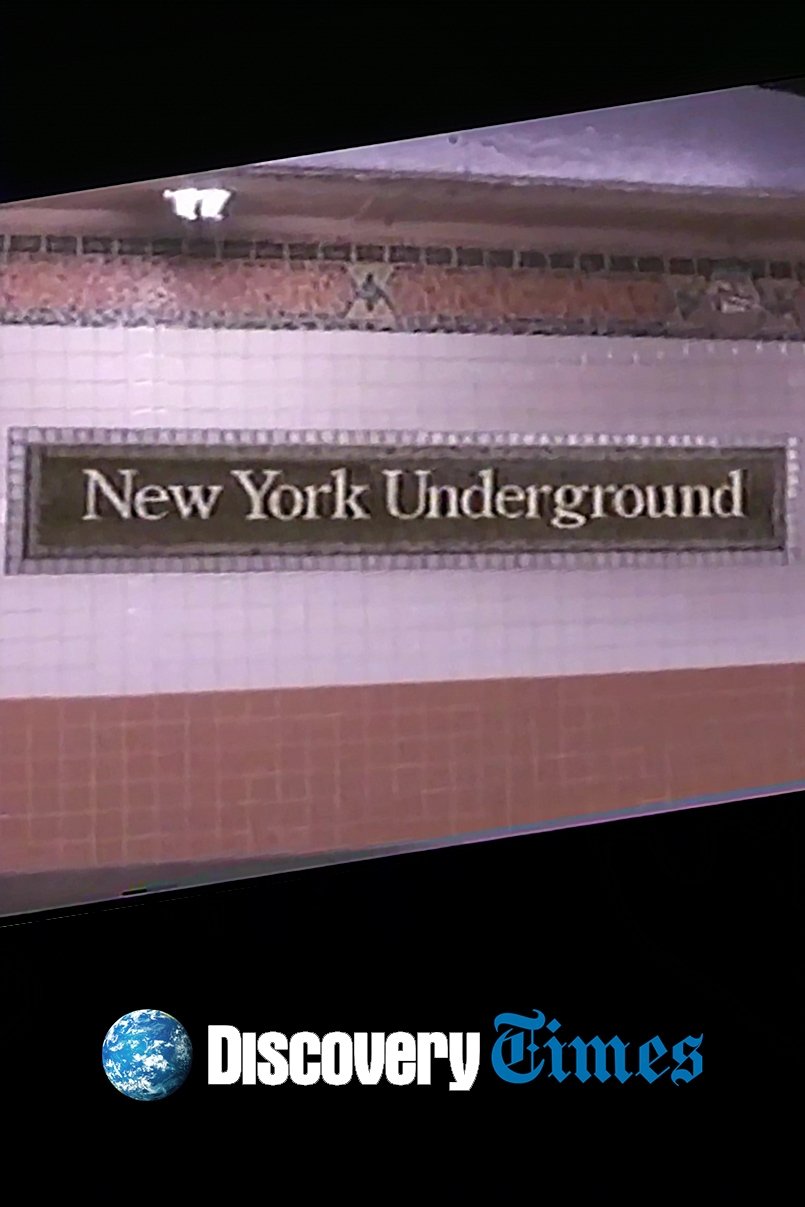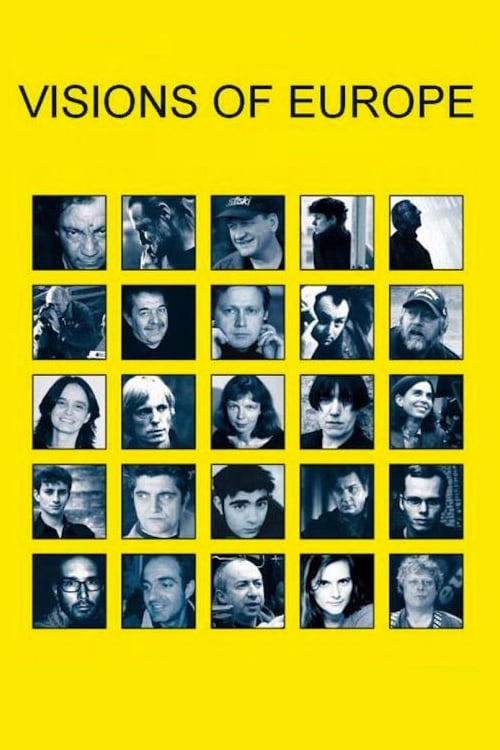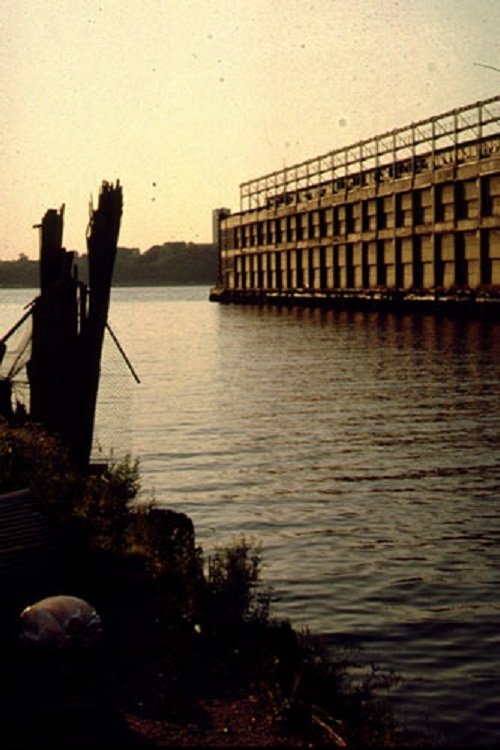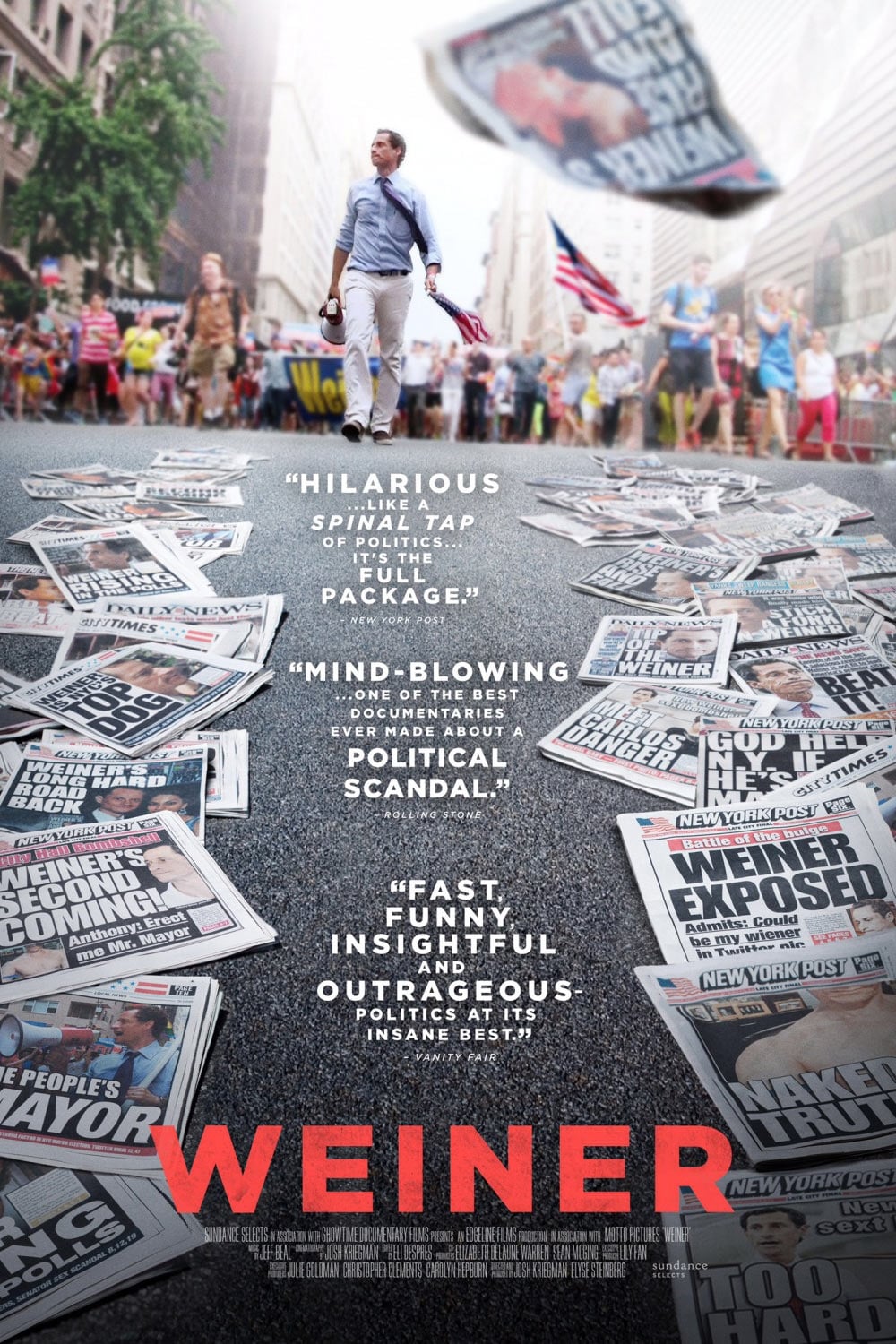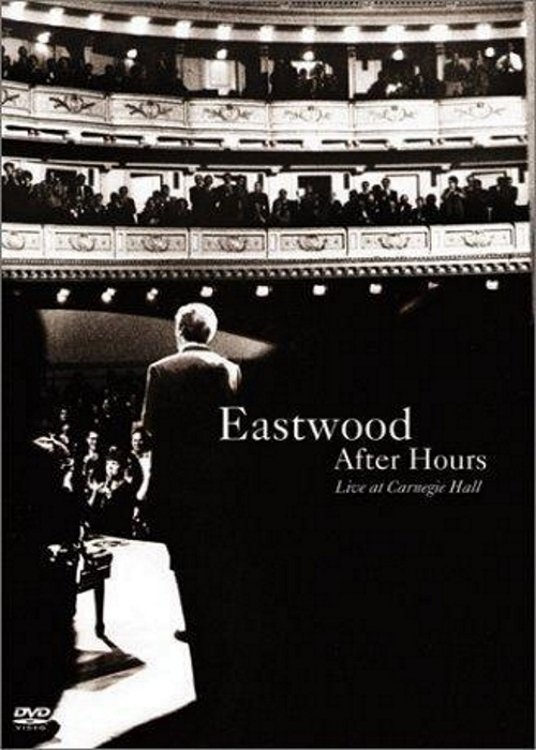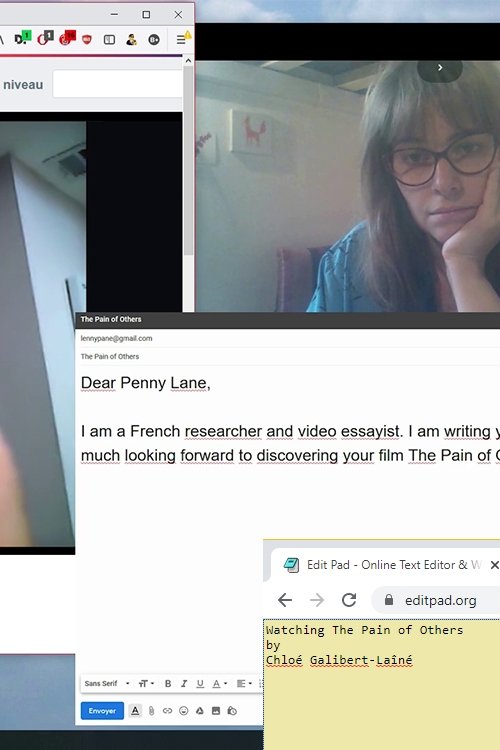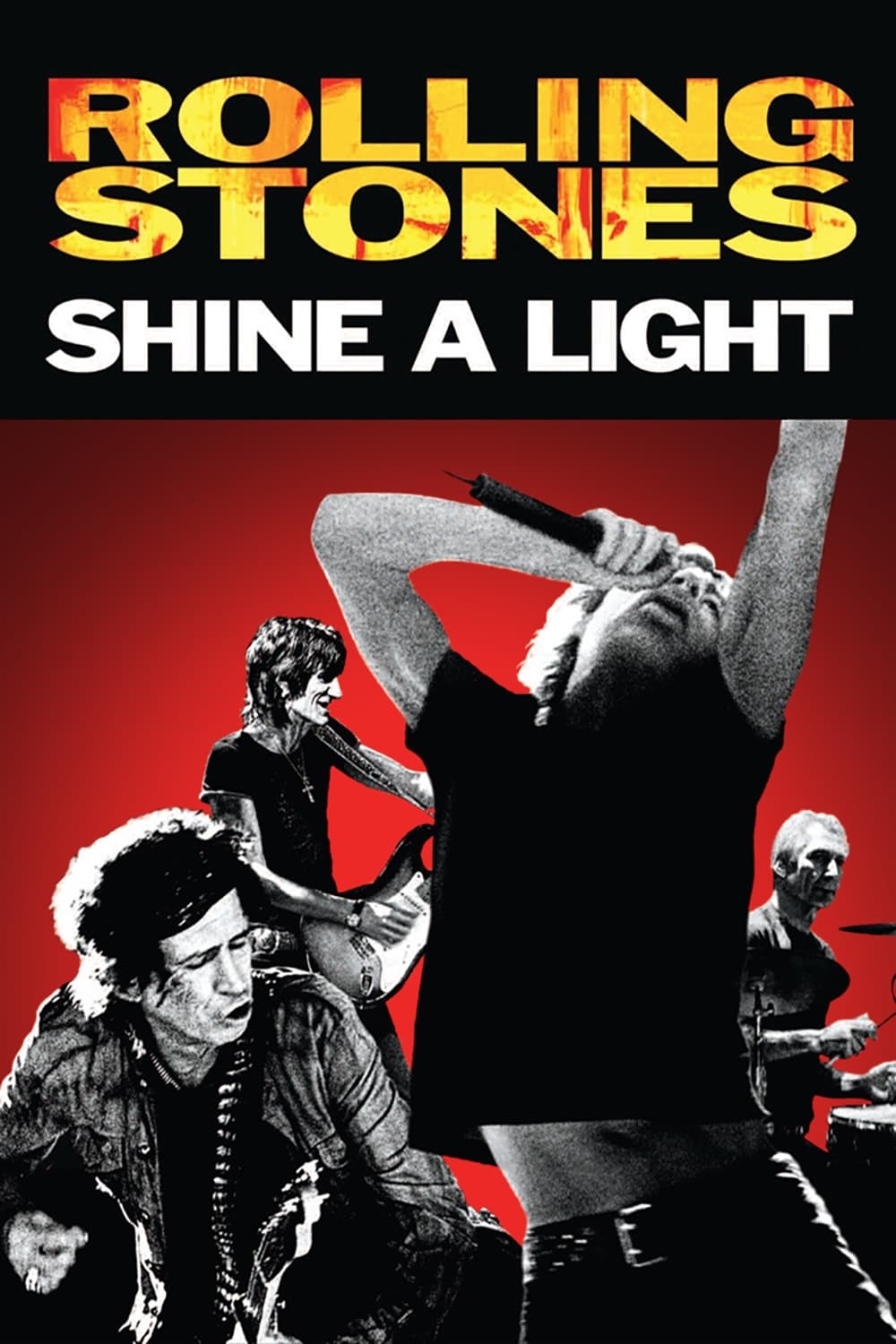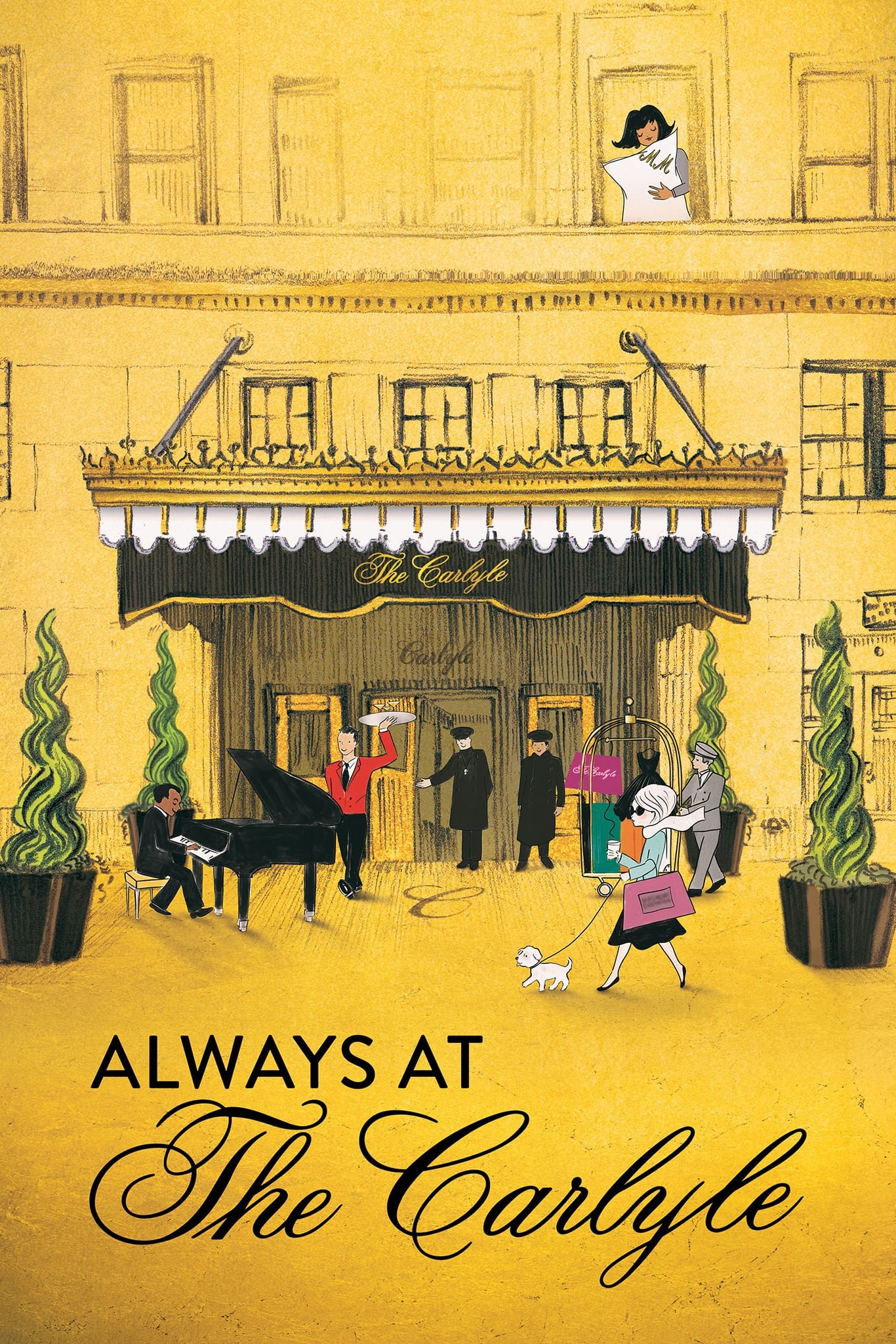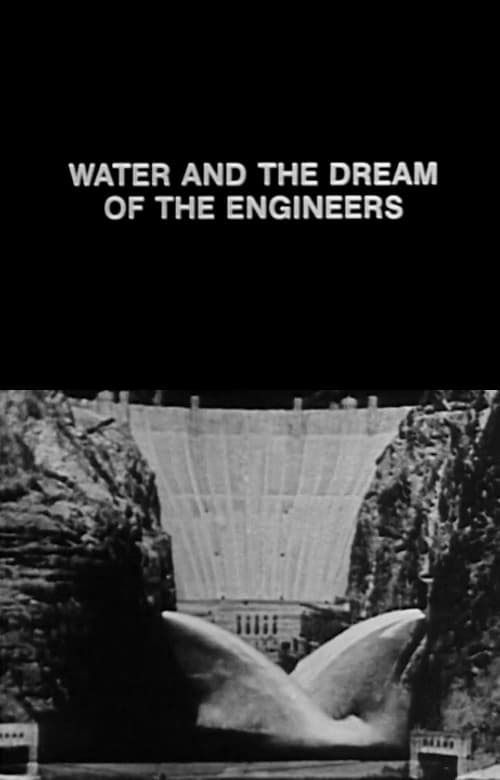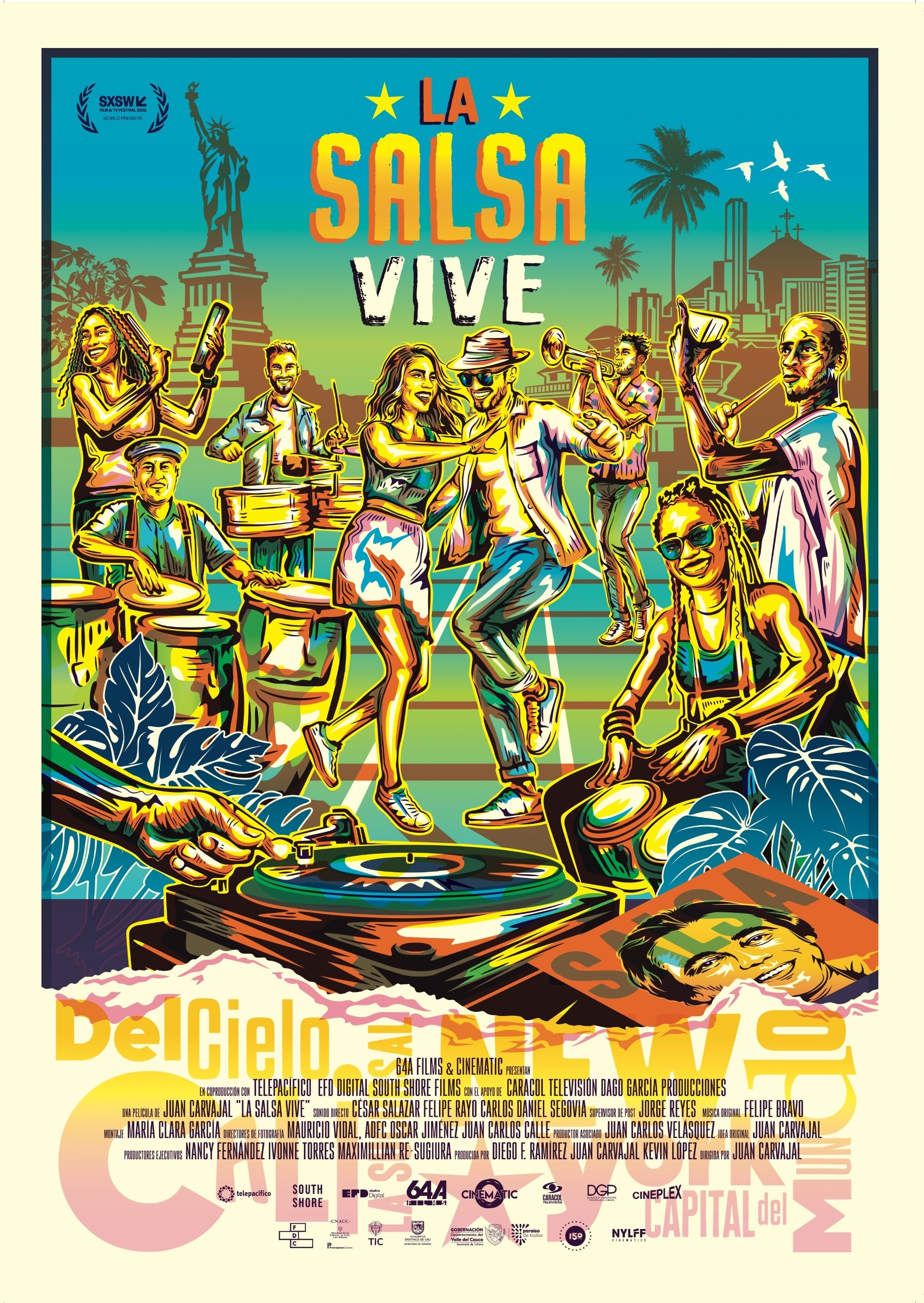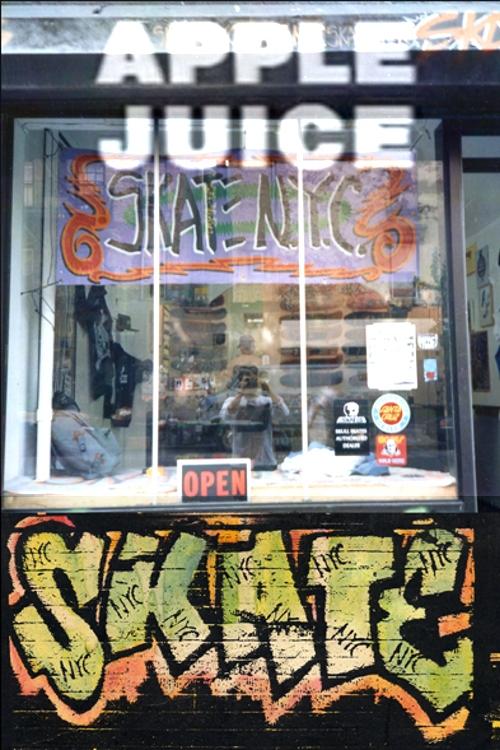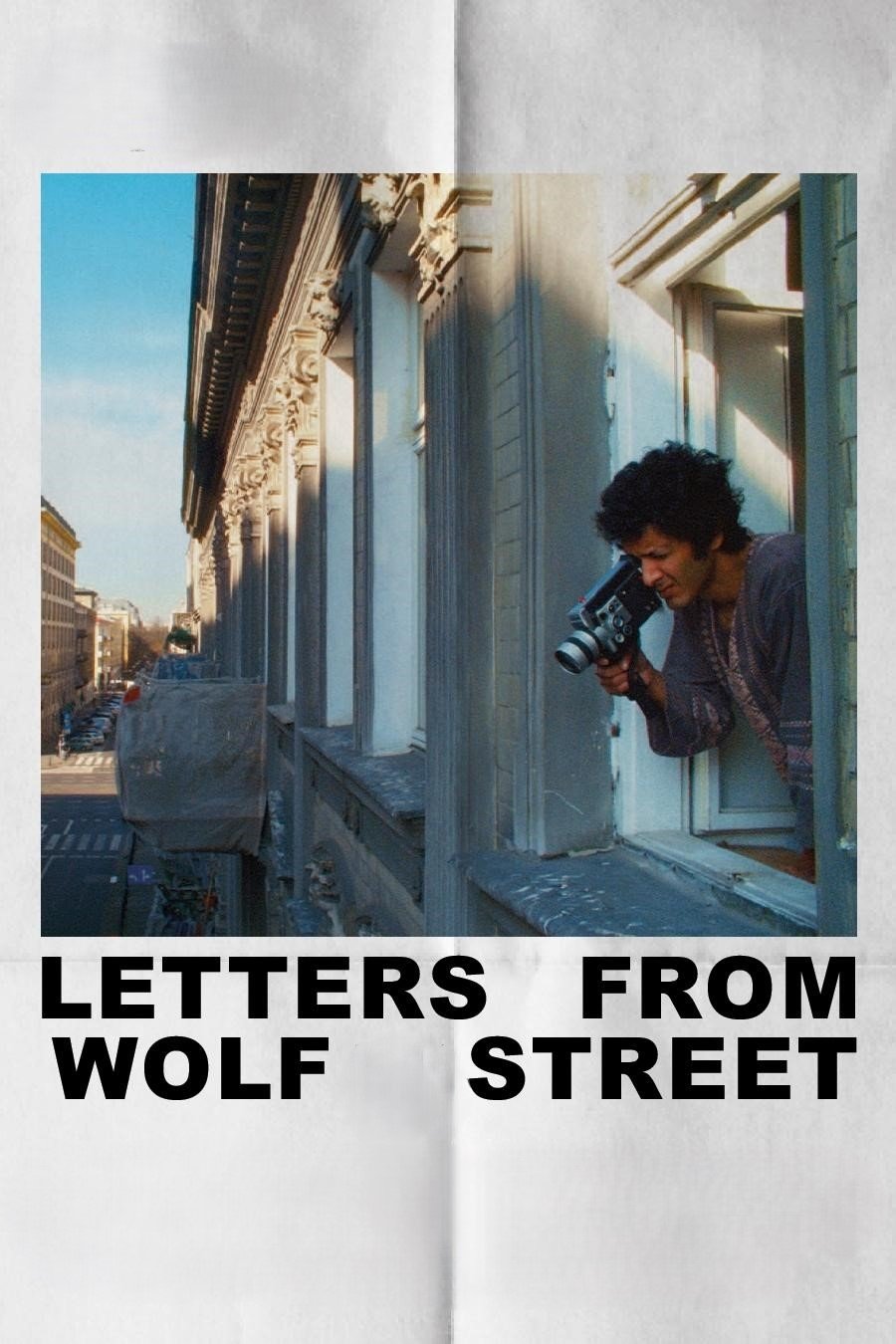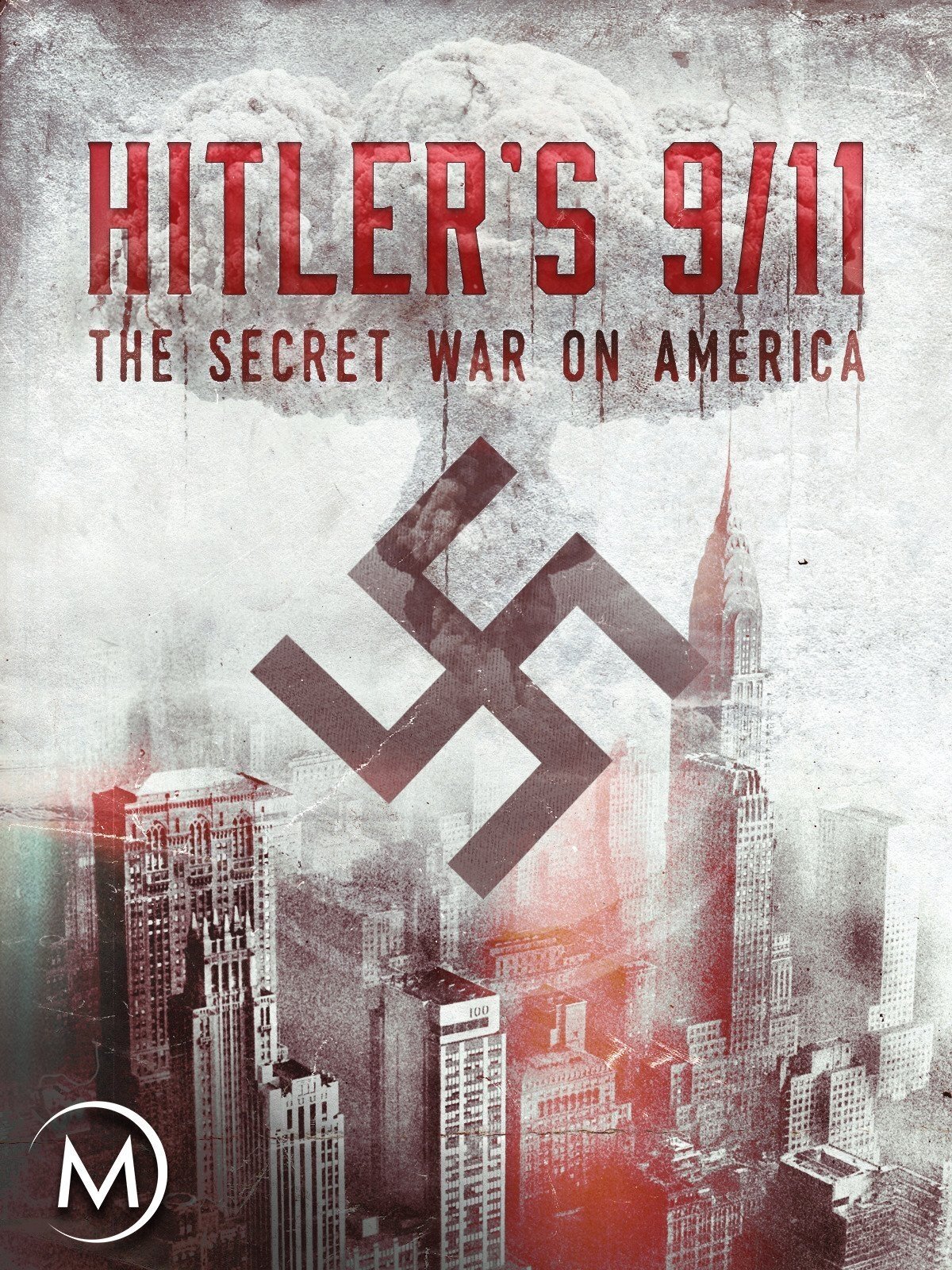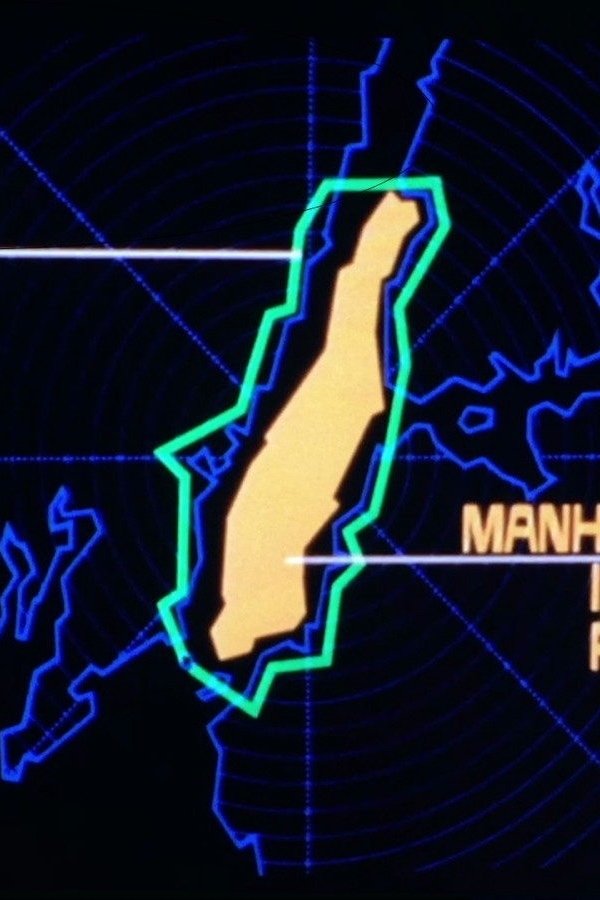
The Road to Magnasanti (2017)
Overview
In 2010, an obsessed gamer designed the perfect game of Sim City. Achieved through a repeating pattern of clustered high rises, “Magnasanti” exposes the hellish consequences of top-down civic design. In his new documentary, John Wilson explores how New York City is creeping closer and closer to realizing this fictional metropolis.
Production Companies
Additional Info
| Budget | $0.00 |
|---|---|
| Revenue | $0.00 |
| Original Language | en |
| Popularity | 0.0781 |
Directed By
John Wilson
Crew
John Wilson
TOP CAST
Similar Movies
Stockholm Syndrome
Stockholm Syndrome chronicles the meteoric rise of contemporary trendsetter A$AP Rocky, capturing the exuberance of youth and urgency of hip-hop in equal parts, before taking a detour into darkness. With amazing access, the film reveals Rocky’s experience with the inequities of the Swedish judicial system and the dangers of stardom and scapegoating through a series of twists and turns, ultimately paralleling the need for prison reform in our own backyard. Directed by The Architects, the film blends archival footage with contemporary interviews, animation, and electrifying live concert footage to tell the astonishing story of how one of rap’s biggest superstars became embroiled in an international incident, leading to an unexpected political awakening.
New York Underground
Profiles the culture, lifestyles, and rituals within the New York City subways.
Visions of Europe
Twenty-five films from twenty-five European countries by twenty-five European directors.
Pompeii New York, Part 1: Pier Caresses
A crumbling pier, its walls covered with graffiti and erotic frescoes reminiscent of pagan Pompeii, the locus of the seduction rituals of men longing for men, is the focus of this meditation on gay cruising at the height of sexual freedom before AIDS. Shot in 1982, this is the first segment of a film capturing the life, death, and rebirth of the legendary “sex piers” over the last three decades.
We Were Once Kids
In the early nineties, before the massive gentrification of many of New York's then slums, several young people from very disparate backgrounds left their broken homes and ventured onto the brutal streets of the city. United by their love of skateboarding, they formed a family and built a unique lifestyle that eventually inspired Kids, a groundbreaking and outrageous film directed by photographer Larry Clark and released in 1995.
Jonas
A verité portrait of Jonas Mekas making his daily rounds, JONAS shows us the underground impresario attending a peace rally, filming in Central Park, typing up notes at the Village Voice and projecting his latest rushes at the Film-Makers' Cooperative. A true New Yorker, Mekas seems to be everywhere at once, always with a Bolex camera slung over his shoulder. In detailing these routines, director Gideon Bachmann comes away with a striking time capsule of a city bent on art.
Eastwood After Hours
On October 17, 1996, veteran and contemporary jazz greats gathered for a select soiree on the stage of New York's Carnegie Hall, saluting a guy more noted for making popular films than for making sweet music. But as any fan of Clint Eastwood, especially after he started directing 30 years ago, will attest, the award-winning star is also an inveterate jazz lover who has uniquely integrated that musical form into the scores of his films. Join Joshua Redman, Christian McBride, Flip Phillips, Charles McPherson, James Rivers, Slide Hampton, Hank Jones, Thelonious Monk Jr., the Kyle Eastwood Quartet, the Carnegie Hall Jazz Band and more for this scintillating celebration of film and music.
Watching the Pain of Others
In this deeply personal video diary, a young researcher tries to make sense of her fascination for the film "The Pain of Others" by Penny Lane. A deep dive into the discomforting world of YouTube and online conspiracies, that challenges traditional notions of what documentary cinema is, or should be.
Shine a Light
Martin Scorsese and the Rolling Stones unite in "Shine A Light," a look at The Rolling Stones." Scorsese filmed the Stones over a two-day period at the intimate Beacon Theater in New York City in fall 2006. Cinematographers capture the raw energy of the legendary band.
Panoramas
In 1829 the naturalist Alexander von Humboldt attempted a russian-siberian expedition. Humboldt travelled to obtain a clear view of nature, people and life in this immense country. 2019 naturalists and humanists attempted a transdisciplinary expedition on the trails of Humboldt. To capture the events various cameras were taken along. A non-chronological narration.
Always at The Carlyle
The iconic Carlyle hotel has been an international destination for a particular jet set as well as a favorite haunt of the most discernible New Yorkers.
Water and the Dream of the Engineers
Documentary where rich social history frames a spirited debate on the development of water infrastructure throughout the USA.
And the Dogs Were Silent
For 'Et les chiens se taisaient' Maldoror adapted a piece of theatre by the poet and politician Aimé Césaire (1913–2008), about a rebel who becomes profoundly aware of his otherness when condemned to death. His existential dialogue with his mother reverberates around the African sculptures on display at the Musée de l'Homme, a Parisian museum full of colonial plunder whose director was the Surrealist anthropologist Michel Leiris.
Salsa Lives
La Salsa Vive is a vibrant cinematic exploration of Afro-Cuban music's history, tracing its roots from New York's lively streets to Cali, Colombia, now the global salsa capital.
Apple Juice
Apple Juice is an classic skateboarding documentary shot by SKATE NYC locals from the late 80’s early 90’s. SKATE NYC is a legendary skateboard store that was on Ave A and 9th St. in the East Village in NY from 1986-91.
Letters from Wolf Street
A street in downtown Warsaw transforms into a kaleidoscopic portrait of Polish society. Behind the viewfinder is an Indian immigrant, who seeks to overcome the boundaries between himself and an anxiety-ridden country.
The Cooking Show
The cooking show is as old as television itself. But why do we like watching the making of a meal that most of us will never cook, let alone eat? Dirty Furniture’s jam-packed video essay is a rollercoaster ride through the history of the genre, at once a staple of television viewing and a hotpot of shifting perspectives and sociocultural values.
Hitler's 9/11
Adolf Hitler's Nazi megalomania knew no limits. The most daring of his plans World War II involved German fighter planes crashing into Manhattan's skyscrapers as living bombs, like the Japanese kamikazes. Hitler understood the huge symbolic power of Manhattan's skyscrapers. He believed suicide bombing would have a devastating psychological impact on the American people and the U.S. war effort.

